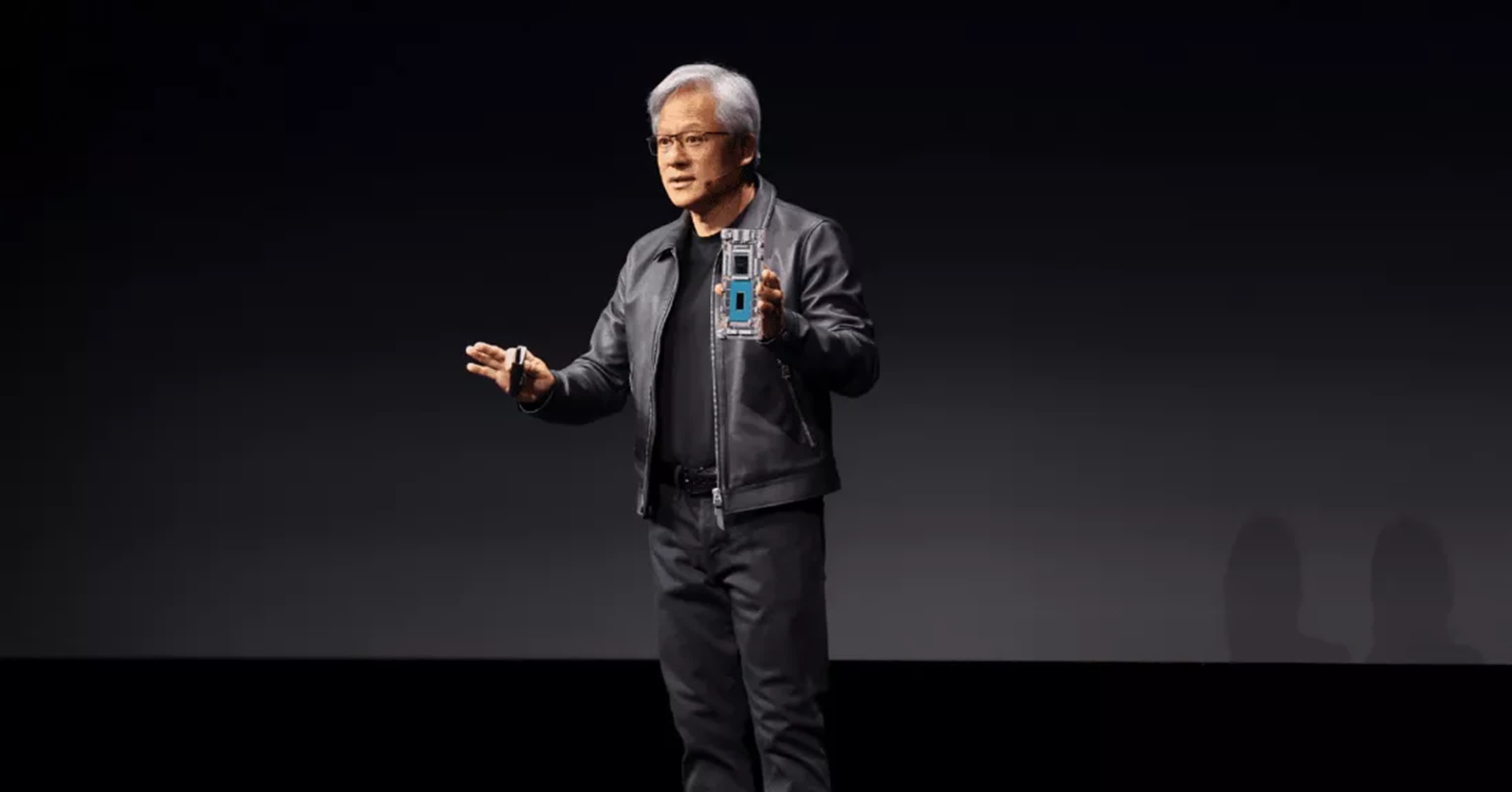Editor’s take: In a nostalgic nod to its roots ahead of CES 2025, Nvidia has launched a giveaway campaign offering fans a chance to win five iconic GPUs from its storied history. The first prize is the groundbreaking GeForce 256, often hailed as the world’s first GPU – a term that Nvidia defined and popularized. While some may view this as a marketing ploy, the appeal of owning a piece of PC gaming history signed by one of the industry’s most influential figures is undeniable.
The GeForce Greats competition kicked off with a post on X as Nvidia unveiled a framed GeForce 256 graphics card, complete with its original box, bearing the signature of CEO Jensen Huang. This piece of computing history, dating back to 1999, marks the beginning of Nvidia’s computer graphics journey.
While the company has kept the identities of the four remaining GPUs under wraps, speculation is rife among tech enthusiasts. Many predict that the legendary GeForce GTX 1080 Ti, released in 2017 and still revered for its performance, might be among the prizes. Nvidia plans to reveal one GPU per day in the lead-up to Jensen Huang’s CES opening keynote.
Participation in the giveaway is straightforward: fans are invited to comment #GeForceGreats on Nvidia’s social media thread and share their fondest gaming memories. This engagement strategy not only generates buzz but also taps into the nostalgia that many PC gamers hold for these classic cards.

The timing of this promotion is no accident. With CES 2025 on the horizon, Nvidia is drumming up excitement for its upcoming announcements, including the much-anticipated GeForce RTX 50 series. The company is also planning a 48-hour gaming marathon from January 4th to 6th, further fueling the hype for its CES presentation.
This giveaway is more than just a trip down memory lane; it’s a celebration of Nvidia’s impact on the gaming industry.
The GeForce 256, for example, which was built on TSMC’s 220nm process node and featured a 139mm² chip with 17 million transistors, boasted several advanced features for its time. It revolutionized PC gaming by offering significantly improved performance and visual quality, providing up to 50% or greater improvement in frame rates compared to previous high-end 3D game accelerators. Ultimately, it set a new standard for graphics processing, influencing the development of subsequent GPUs.
The GeForce GTX 1080 Ti, released in March 2017, also stands as a landmark achievement in the history of computer graphics. The card’s ability to handle 4K gaming and support for advanced technologies like VR and Nvidia G-Sync was hailed by gamers. What truly set the GTX 1080 Ti apart, though, was its price-to-performance ratio. Retailed for $699, it offered Titan X-level performance for nearly half the cost. This aggressive pricing strategy disrupted the high-end GPU market and put pressure on competitors like AMD, which was struggling to match Nvidia’s performance at the top end.






Leave a Comment